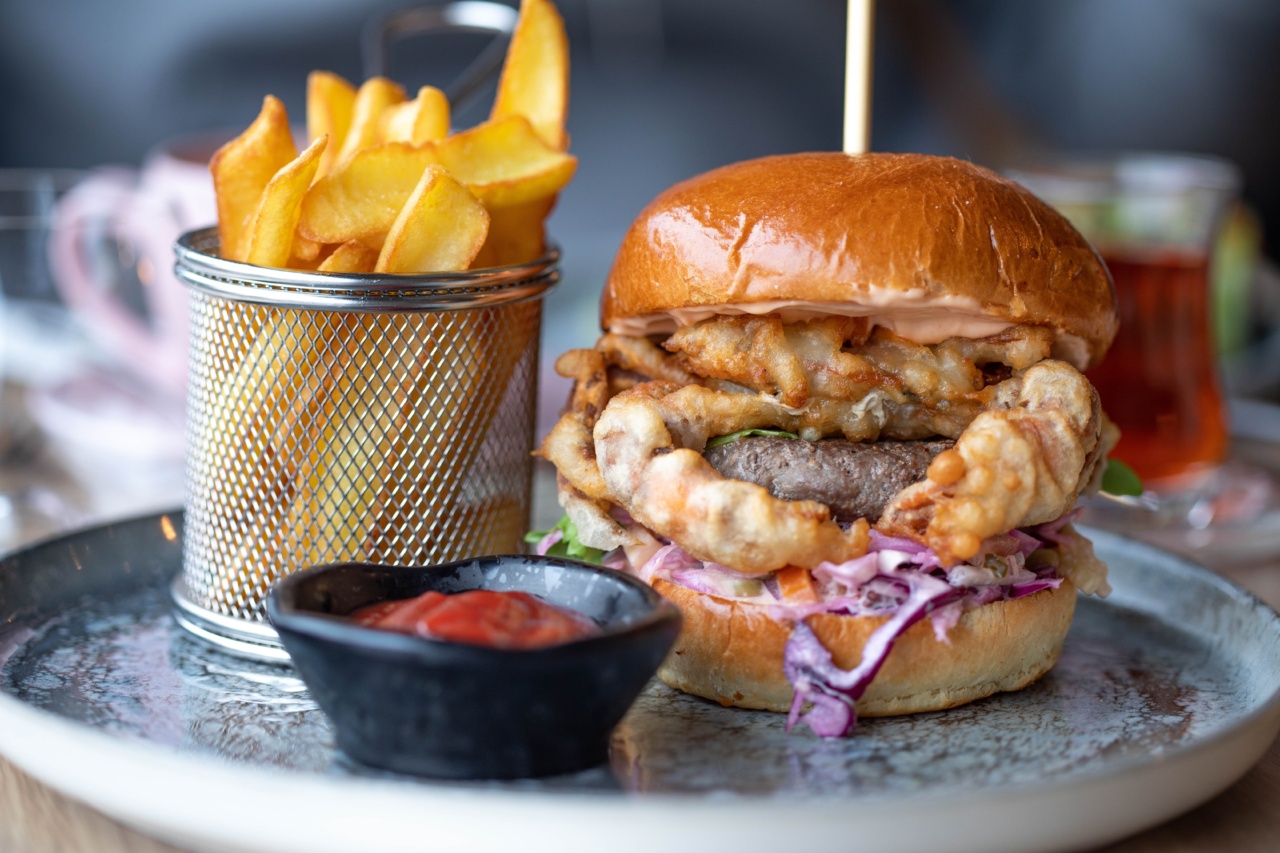When it comes to losing weight and getting in shape, fat burning plays a crucial role. Whether you’re trying to fit into your favorite pair of jeans or improve your overall health, understanding how to effectively burn fat is essential.
In this comprehensive guide, we will delve into the science behind fat burning, explore various strategies to boost your metabolism, and provide tips on incorporating fat-burning exercises and healthy habits into your daily routine.
What is Fat Burning?
Fat burning refers to the process of the body utilizing stored fat as an energy source. When we consume more calories than our body needs, the excess is stored as fat.
Therefore, to burn this stored fat, we need to create a caloric deficit by either reducing our calorie intake or increasing our energy expenditure.
Understanding Metabolism
Metabolism encompasses all the chemical processes that occur within our bodies to maintain life. It is responsible for transforming the food we eat into energy, which is utilized by our cells.
The rate at which our body burns calories and fat is largely determined by our metabolism.
There are two types of metabolism:.
1. Resting Metabolism (BMR)
Basal Metabolic Rate (BMR) refers to the number of calories our body needs to perform basic functions while at rest, such as breathing and circulating blood.
BMR accounts for approximately 60-75% of total energy expenditure and can vary depending on factors like age, gender, body composition, and genetics.
2. Physical Activity
The calories burned through physical activity, including exercise and daily movements, contribute to the overall energy expenditure. Increasing physical activity levels can significantly influence fat burning and weight loss.
Fat Burning Strategies
Let’s explore some effective strategies that can help maximize your fat-burning potential:.
1. Calorie Deficit
To burn fat, it is essential to create a caloric deficit. This can be achieved by reducing your calorie intake or increasing your physical activity levels. Incorporating both strategies can provide a balanced approach for sustainable fat loss.
2. Balanced Diet
Avoid crash diets and opt for a well-balanced diet that includes a variety of whole foods, such as fruits, vegetables, lean proteins, whole grains, and healthy fats.
This ensures your body receives essential nutrients while promoting long-term weight loss.
3. High-Intensity Interval Training (HIIT)
HIIT involves short bursts of intense exercise followed by active recovery periods. This form of cardio exercises not only burns calories during the workout but also increases your metabolic rate for hours afterward, resulting in enhanced fat burning.
4. Strength Training
Engaging in regular strength training exercises helps build lean muscle mass. As muscles require more energy to maintain than fat, an increase in muscle mass can lead to a higher resting metabolic rate, allowing for more efficient fat burning.
5. Adequate Sleep
Sleep deprivation can disrupt your body’s hormonal balance, leading to increased cravings and a slower metabolic rate. Aim for 7-9 hours of quality sleep each night to promote optimal fat burning and overall health.
6. Stay Hydrated
Drinking an adequate amount of water is crucial for maintaining overall health and optimizing fat burning. Water helps transport nutrients, supports digestion, and enhances metabolism. Aim to consume at least 8 glasses of water per day.
7. Manage Stress Levels
Chronic stress can lead to unhealthy eating habits and hinder fat burning. Implement stress management techniques such as meditation, yoga, or engaging in hobbies to promote a balanced emotional state and support your weight loss efforts.
8. Eat Enough Protein
Protein is a macronutrient that plays a vital role in repairing and building tissues, including muscles.
Consuming an adequate amount of protein can help preserve muscle mass during weight loss, ensuring that the majority of weight lost comes from fat stores.
9. Increase Non-Exercise Physical Activity
Engaging in non-exercise physical activities throughout the day, such as taking the stairs instead of the elevator or going for a brisk walk during lunch breaks, can contribute to increased energy expenditure and fat burning.
10. Consistency is Key
Remember, sustainable fat burning requires consistency. While incorporating fat-burning strategies into your routine, focus on long-term adherence rather than quick fixes. Make gradual lifestyle changes that you can maintain in the long run.
By implementing these strategies and adopting a holistic approach to fat burning, you can achieve your weight loss goals and improve your overall well-being.




























